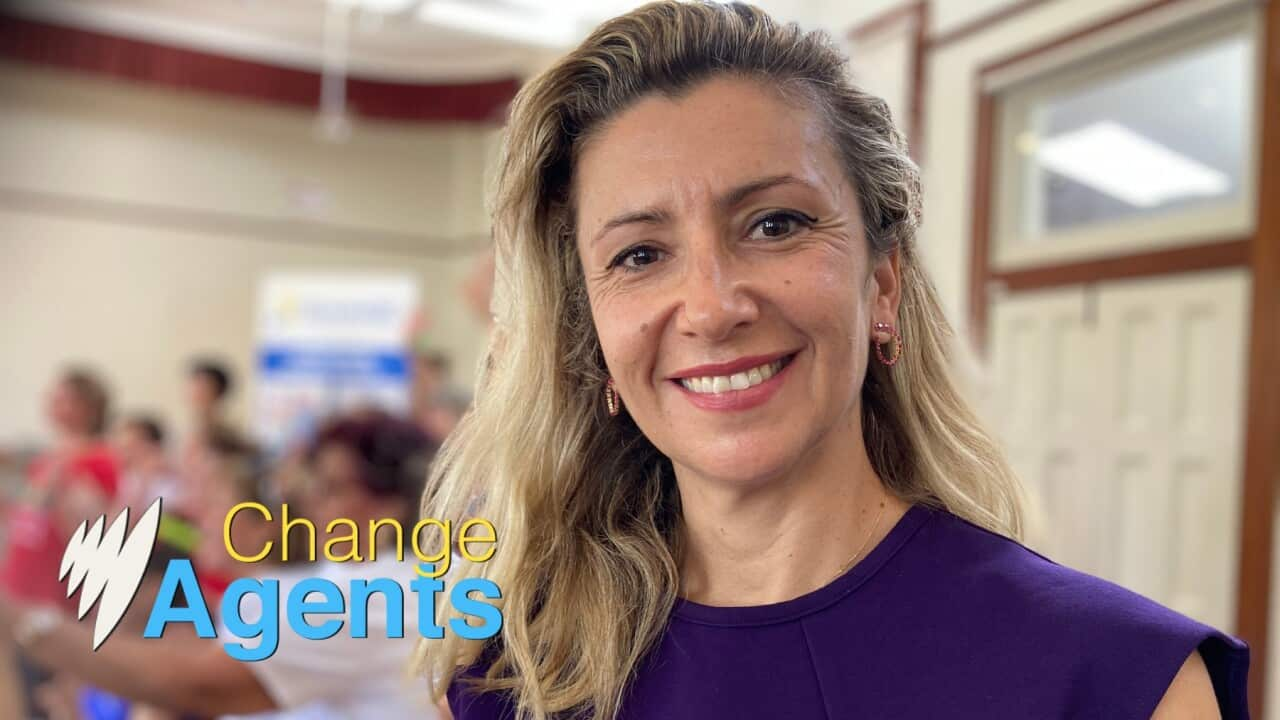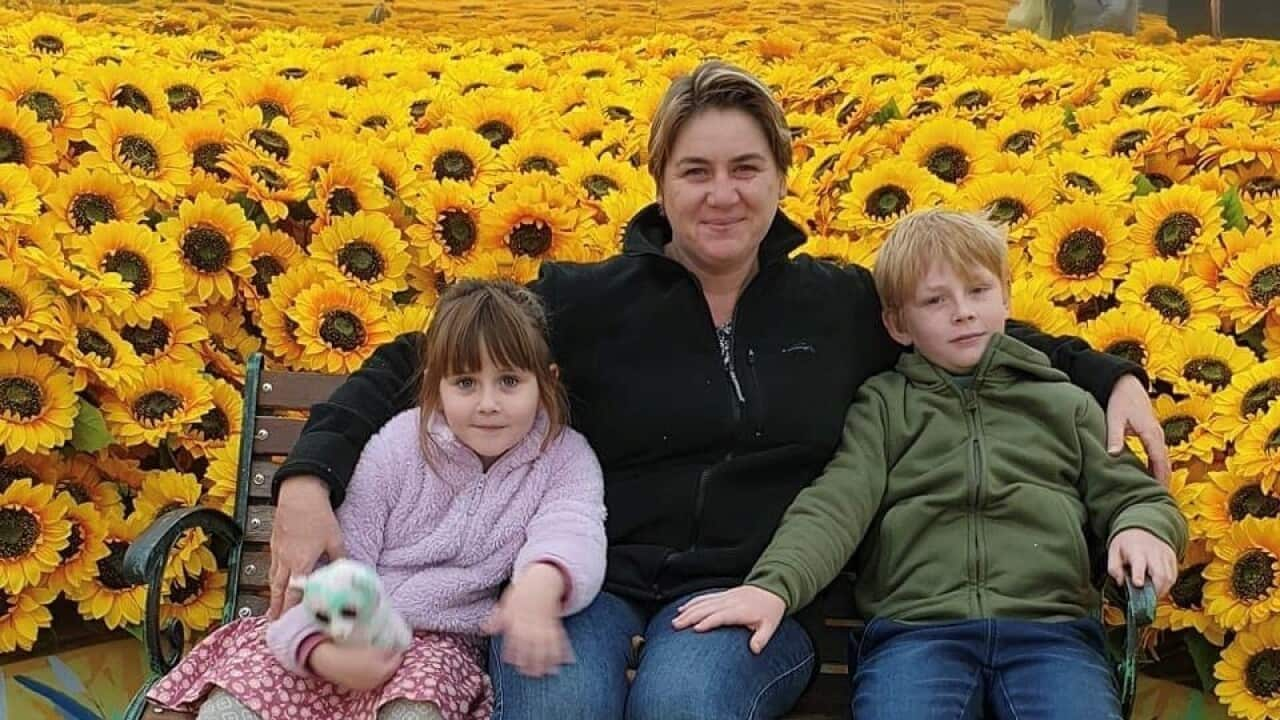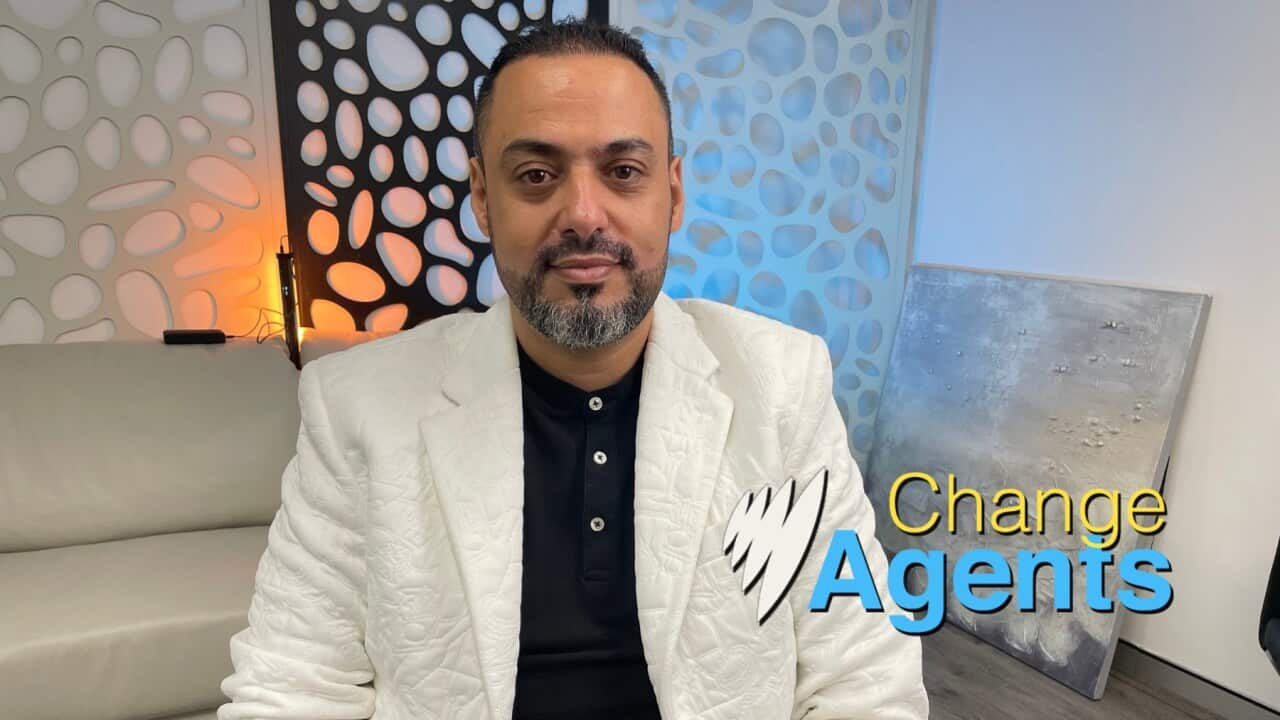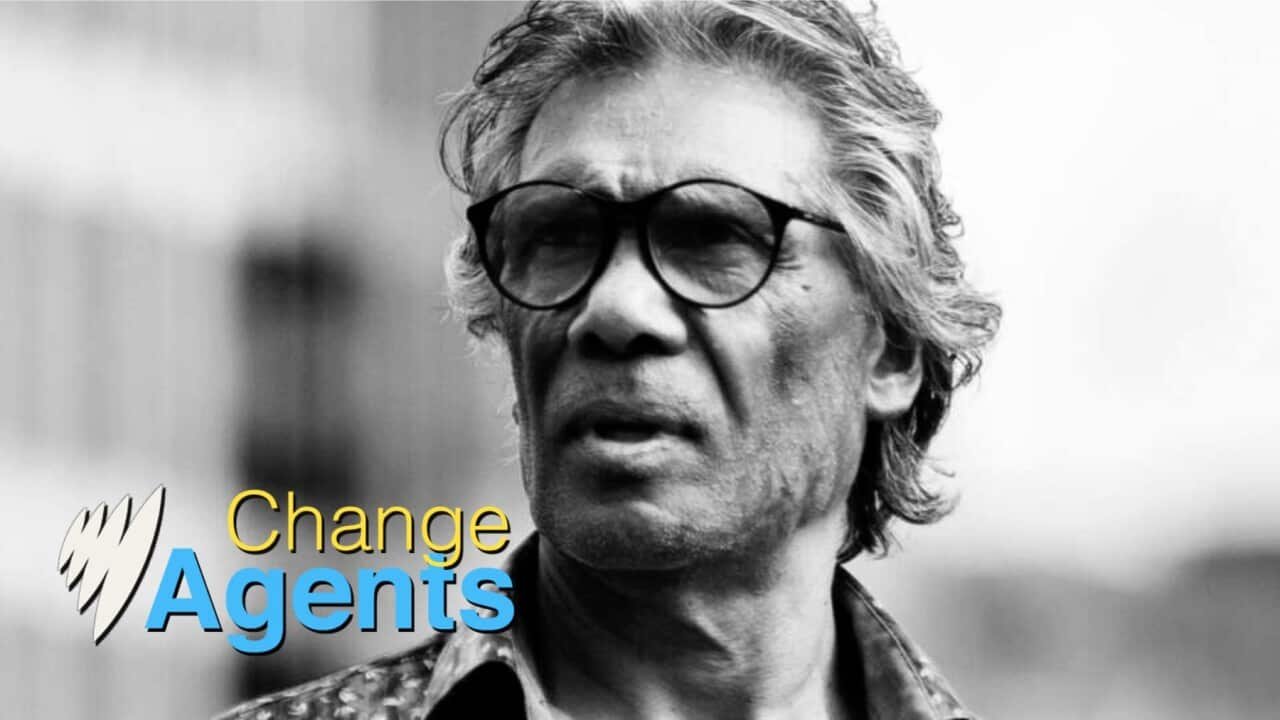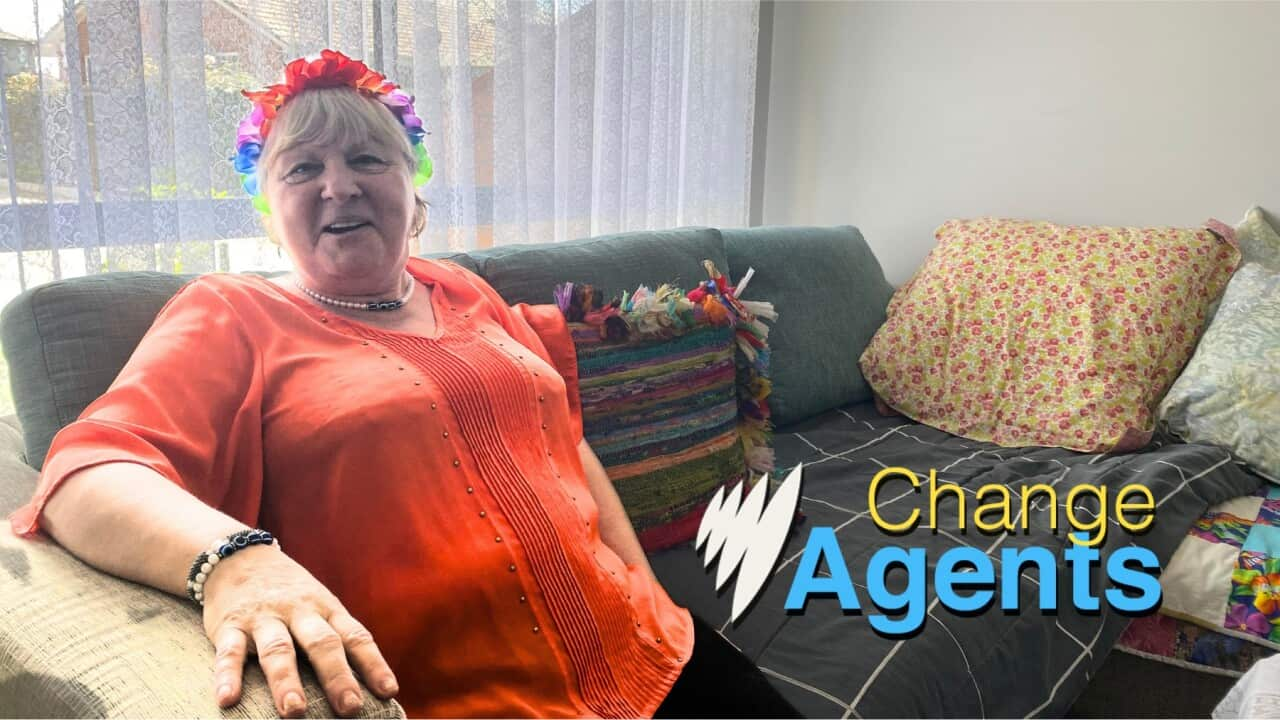TRANSCRIPT
Walking, dancing, gardening, lifting weights or simply playing with pets or children.
For those of us lucky enough to be in good health, there is joy in appreciating just what our bodies are capable of.
“Do some kind of exercise because that helps. You can have a fall, but if your body is strong you won't break a bone.”
For Vicky now in her mid 70s walking and dancing are an essential part of her life.
“I come to the Zumba class which I thoroughly enjoy. It's very great. And the class has grown because people have good energy. And the class has been growing with the aging population, it's very good. This group is multicultural.”
So is volunteering which she does with SHARE - a not for profit group that provides affordable physical activities for adults over 50.
Adrian Prakash is the organisation's CEO.
“She had a lot of problems when she came to SHARE a few years ago. She lost her husband of 50 years. SHARE navigated her out of this storm. Now Vicky is absolutely inspiring, she is one of my best volunteers. She goes every Friday to Walking Buddies and she is always participating in other events.”
Walking Buddies is a group that meets once a week for a walk and a coffee and Vicky volunteers her time to help keep the group running.
Volunteering too is a big part of Ima Strkljevic's life.
Ima arrived in Australia from Bosnia after war devastated the small Balkan country in the 1990s.
For a while she worked with STARTTS - The Service for the Treatment and Rehabilitation of Torture and Trauma Survivors helping Bosnian refugees heal from their experiences of the war.
She's now a physiotherapist as well as a PHD candidate at the Institute for Musculoskeletal Health at the University of Sydney.
Outside of work she volunteers with SHARE, presenting information sessions about the various benefits of physical activity.
“It is very important to realise that physical activity is the major risk factor, which is associated with chronic disease such as cardiovascular disease, type two diabetes, osteoporosis, even is associated with some cancers and dementia”
Most of us know that we need to move to stay healthy - the problem is more than half of adult Australians aren't moving enough.
It's a reality backed by solid research from the Australian Institute of Health and Welfare and numerous other sources.
A lack of time, poor health, injuries or a misconception that exercise activities are expensive or hard to do are some of the reasons.
Ima says many exercises can be done at home with limited equipment at hardly any cost.
“Only 50 per cent are sufficiently physically active, but only 10 per cent satisfy the muscle strengthening component. So developing The Safe Exercise at Home booklet and a website page is important because it gives people advice and exercises to complete at home safely, independently, at their own time where they can satisfy and tick off the muscle strengthening component.”
The Safe Exercise At Home booklet and website Ima is talking about, is a national tool developed by Australian health clinicians and academics.
It's broken up into different levels.
Level 1 exercises for example include activities like standing up and sitting back down from a chair 10 times, or standing at your kitchen sink and marching on the spot for 1 minute among many other simple movements.
It's designed for older adults to do at home.
Ima says the resource is free and anyone can use it.
“This is an important resource created by Australian health experts in physiotherapy, both clinical and academia, who have developed instructions and guidelines for older Australians on how to remain active and exercise safely at home. Because we now know the World Health Organisation requires older people to remain active in at least 30 minutes a day in moderate physical activity. But also it requires older people to engage in muscle strengthening activities at least a couple of times a week, which is a problematic component. “
The exercise booklet is only available in three languages, English, Portuguese and Bosnian.
Ima volunteered to translate the booklet into Bosnian in her own time.
“So I thought why don't we have one for Australians of Bosnian speaking background since I can volunteer my professional skills and my bilingual skills. We have a large ageing population and the latest statistics show that 37 per cent of older Australians who are born overseas. So I think having resources translated in other community languages is essential to make sure it reaches all older Australians.”
She's encouraging other health professionals who may also have language skills to help distribute the booklet to other language groups or help spread health messages in other ways.
“Time is the greatest barrier for all volunteers, especially for health volunteers. It is a demanding profession, but I think the greatest motivator for health professionals to be health professionals is altruism and being able to help others and wanting to help others. So I think that this in itself makes it great potential to recruit them as volunteers.”
She's also encouraging other health professionals across different specialties to make time to contribute in some small way to the community beyond their day to day work.
“I think volunteering is important because health professionals have a lot of skills and knowledge to offer as volunteers in their communities. Volunteering is great not only for the economy, because we have over 6 million volunteers around Australia. We have 600 million hours of volunteering in the last year and 17.3 billion of volunteering going into Australian economy. So I think volunteering is an exceptionally important force and activity.”
Volunteering in the community can take many forms
It can be formal through a charity or not-for-profit organisation or informal for example helping friends and family with things like caring, repairs or shopping.
Volunteering can help alleviate loneliness, social isolation and stress and it can also help people develop a support network in their community.
“Volunteering is also excellent for our health. So why not do it? It's excellent for both musculoskeletal and mental health. We know that volunteers are more physically active, they have better cognitive skills, they have better social support and connections, and they have better self-perceived health. So they see themselves as very healthy individuals. So that is also very important for older Australians to be involved in volunteering, including health professionals.”
The World Health Organisation says older people should remain active for least 30 minutes a day with moderate physical activity and need to engage in muscle strengthening activities at least a couple of times a week.
And you can listen to other episodes in the on the SBS Listen app and wherever you get your podcasts.
